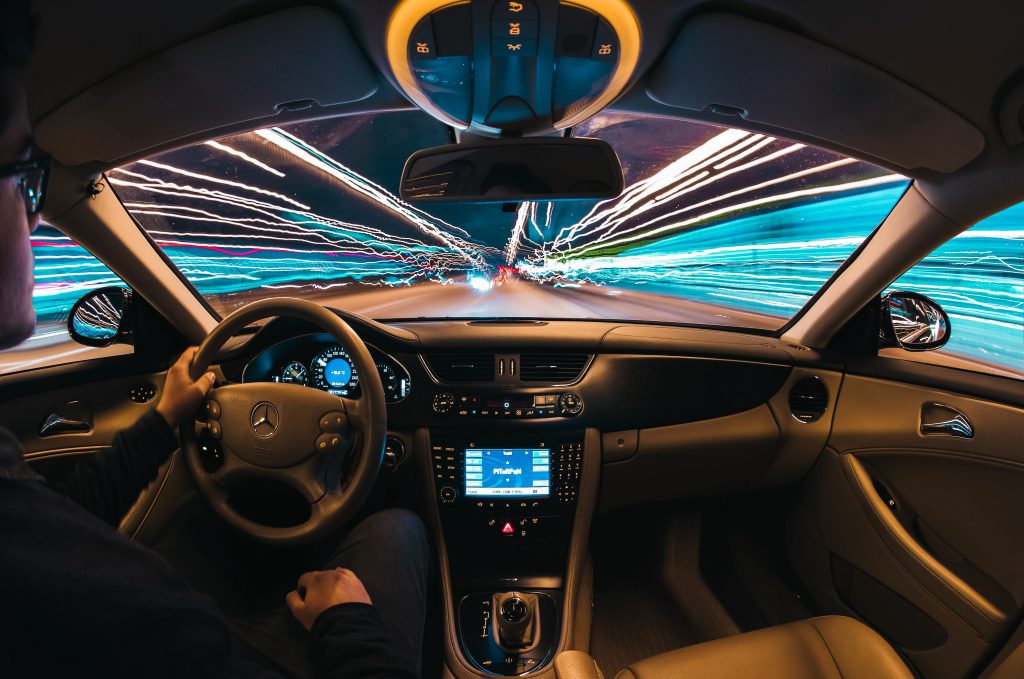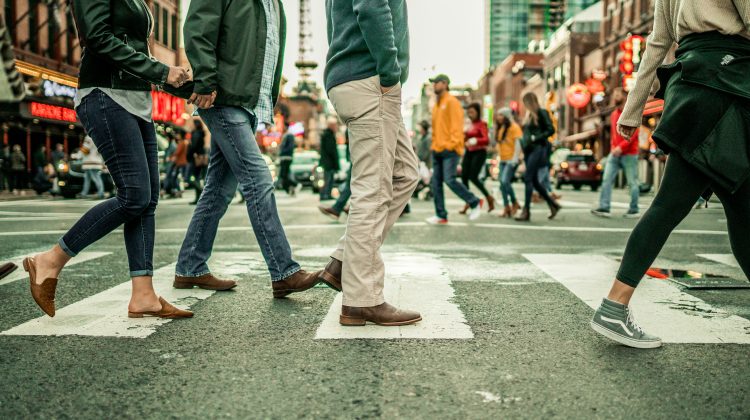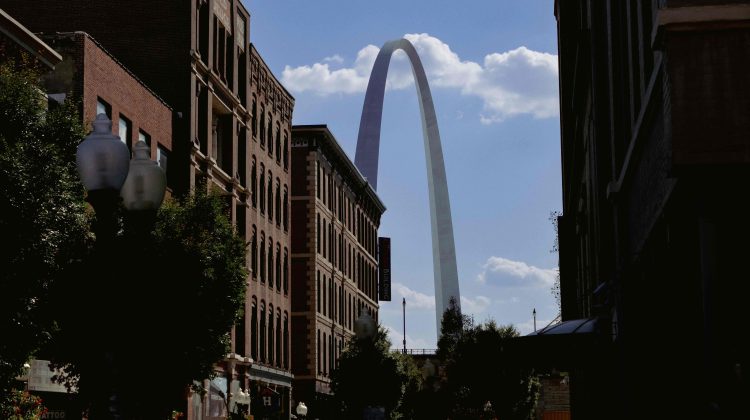While the focus of most driving safety campaigns revolve around driving under the influence of alcohol or drugs, as well as texting while driving, being too tired is a serious risk that can be as risky as driving while impaired. Many drivers do not realize this and will continue to drive while they are too tired to operate a motor vehicle.
The first week of November is Drowsy Driving Prevention week, an important week to remember that there are more risks to driving a vehicle than you may think at first.
Maybe you are on a long road trip, or just got off a long day at work. Maybe you didn’t sleep enough the night before. Whatever the cause is, driving while tired or sleep deprived is a serious risk that must be avoided at all costs. In a recent meta-analysis, the NHSTA estimated that approximately 91,000 police reported crashes were a result of drowsy drivers. This injured 50,000 people and killed around 800. These are just estimations, however, due to the difficulty of determining how an accident happened.
Tips to Avoid Drowsy Driving
Drowsy driving is easy to avoid, but sometimes it can become unavoidable. Making sure that you are alert is key to driving safely.
- Get enough sleep every night. The CDC recommends that adults need seven to eight hours of sleep every night.
- Make sure that you sleep seven to eight hours before any long road journeys.
- Do not consume any alcohol before driving, and also make sure your medication do not induce drowsiness. Even over-the-counter medication, like Dramamine and Benadryl, can make you too tired to drive safely.
Signs of Drowsy Driving
Shockingly, in a survey done by the CDC, around 4% of adults self-reported falling asleep while driving in the last 30 days. That is 1 in every 25 drivers on the road. I think it bears repeating that these are just self-reported incidents. The actual number is likely much higher. Drowsy driving is a serious problem that we must maintain vigilance about and know the warning signs.
- Missing commonly taken exits
- Swerving or drifting from your lane of travel
- Yawning, blinking, and eye fatigue
- Driving on “autopilot” – that is not remembering your drive
Sometimes driving drowsy can come on suddenly or unexpectedly, when you were previously feeling alert. The NHSTA recommends pulling over into a lighted rest stop, drinking a cup of coffee, and taking a quick 20–30-minute nap. This may give you enough alertness to reach your destination, or at least somewhere that you can safely sleep a full 7 or 8 hours.
Unfortunately, accidents do happen, however. If you are injured by a drowsy driver, or involved in a crash by a drowsy driver, contacting a trusted car accident attorney can help you find the help you need with your insurance settlement and getting the compensation you deserve.




No Comment